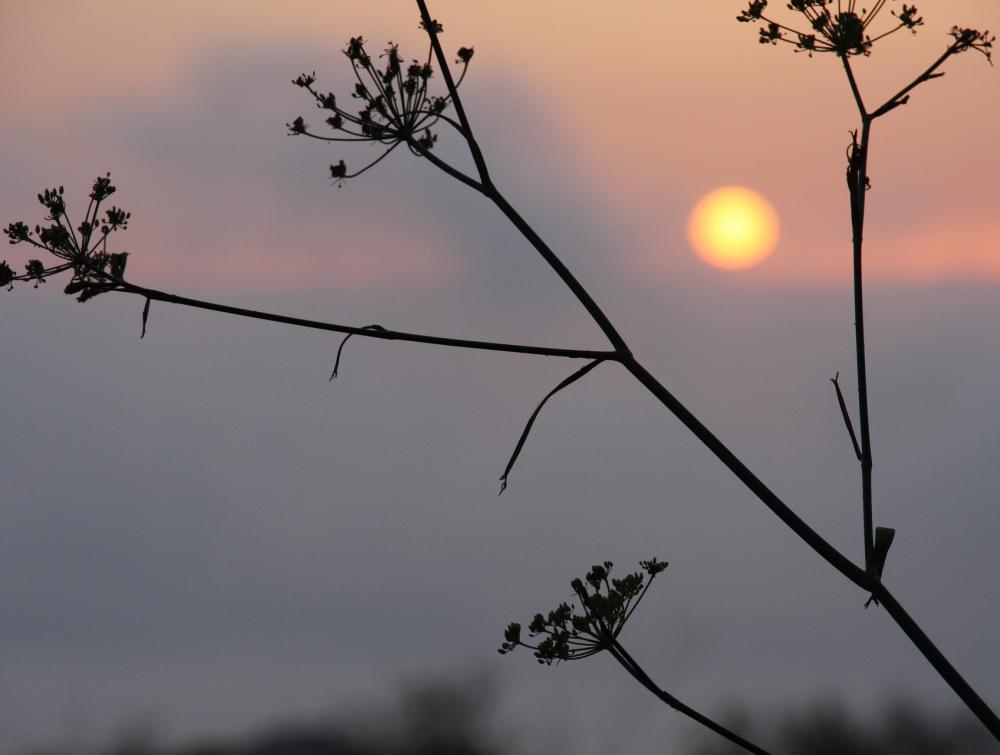Select Committee on the Climate Crisis: Public Lands Play a Vital Role

Select Committee on the Climate Crisis report places significant focus on the important role public lands play solving the climate crisis.
House Speaker Nancy Pelosi and Chair Kathy Castor just released a comprehensive climate action plan from the Select Committee on the Climate Crisis – and what should come as no surprise, is the significant focus placed on public lands as a key solution to the climate crisis.
The 640 million acres of public lands in the United States – parks, wildlife refuges, national forests, deserts and grasslands– blanket more than a quarter of the country – but only a fraction are managed for their community and climate benefits.
“For far too long the federal government has managed our public lands to prioritize fossil fuel extraction, leading to nearly a quarter of the nation’s emissions coming from public lands and disproportionally impacting Indigenous communities and communities of color,” said Jamie Williams, president of The Wilderness Society, in a statement.
“This report provides guidance on how our public lands and waters should provide an immediate opportunity for the federal government to act on climate – as a natural tool to reduce dangerous climate emissions, protect large resilient landscapes, and help rebuild communities dependent on fossil fuels.”
Recognizing the incredible opportunity public lands provide to the federal government – who manages these lands on behalf of the public - the Select Committee’s climate plan includes transitioning away from the current administration’s singular focus for our public lands as an oil and gas industry supplier, to instead promoting responsible renewable energy development and a goal of net-zero emissions by 2040.
The plan also calls for adopting a national goal of protecting 30% of U.S. land and waters by 2030 – explicitly noting that protecting nature must be central to the U.S. efforts to address climate change.
Some of the world’s largest old-growth forests and vital ecosystems are located across US public lands, naturally absorbing climate-changing emissions and providing critical natural infrastructure to buffer communities against the most severe effects of a changing climate.
CONTACT:
Alex Thompson, Senior Communications Manager, alex_thompson@tws.org, 202-429-3940
